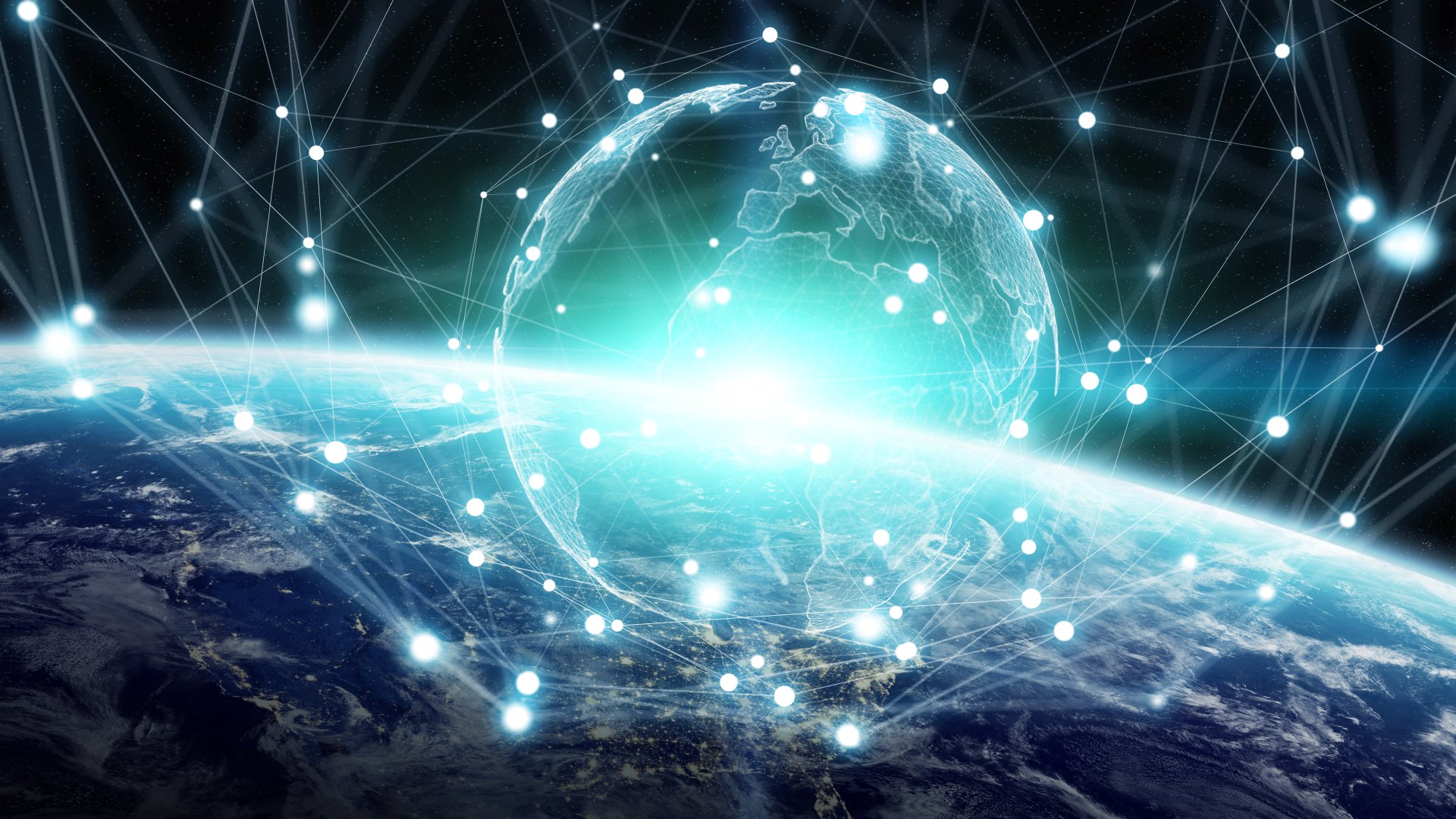The Internet, sometimes called simply "the Net," is a
worldwide system of computer networks - a network of networks in which
users at any one computer can, if they have permission, get information
from any other computer (and sometimes talk directly to users at other
computers). It was conceived by the Advanced Research Projects Agency
(ARPA) of the U.S. government in 1969 and was first known as the ARPANet.
The original aim was to create a network that would allow users of a
research computer at one university to "talk to" research computers at
other universities. A side benefit of ARPANet's design was that, because
messages could be routed or rerouted in more than one direction, the
network could continue to function even if parts of it were destroyed in
the event of a military attack or other disaster.
 Today, the Internet is a public, cooperative and
self-sustaining facility accessible to hundreds of millions of people
worldwide. Physically, the Internet uses a portion of the total
resources of the currently existing public telecommunication networks.
Technically, what distinguishes the Internet is its use of a set of
protocols called TCP/IP (for Transmission Control Protocol/Internet Protocol). Two recent adaptations of Internet technology, the intranet and the extranet, also make use of the TCP/IP protocol.
Today, the Internet is a public, cooperative and
self-sustaining facility accessible to hundreds of millions of people
worldwide. Physically, the Internet uses a portion of the total
resources of the currently existing public telecommunication networks.
Technically, what distinguishes the Internet is its use of a set of
protocols called TCP/IP (for Transmission Control Protocol/Internet Protocol). Two recent adaptations of Internet technology, the intranet and the extranet, also make use of the TCP/IP protocol.
For most Internet users, electronic mail (email)
practically replaced the postal service for short written transactions.
People communicate over the Internet in a number of other ways
including Internet Relay Chat (IRC), Internet telephony, instant messaging, video chat or social media.
The most widely used part of the Internet is the World Wide Web (often abbreviated "WWW" or called "the Web"). Its outstanding feature is hypertext,
a method of instant cross-referencing. In most Web sites, certain words
or phrases appear in text of a different color than the rest; often
this text is also underlined. When you select one of these words or
phrases, you will be transferred to the site or page that is relevant to
this word or phrase. Sometimes there are buttons, images, or portions
of images that are "clickable." If you move the pointer over a spot on a
Web site and the pointer changes into a hand, this indicates that you
can click and be transferred to another site.
Using the Web, you have access to billions of pages of information. Web browsing is done with a Web browser, the most popular of which are Chrome, Firefox and Internet Explorer.
The appearance of a particular Web site may vary slightly depending on
the browser you use. Also, later versions of a particular browser are
able to render more "bells and whistles" such as animation, virtual reality, sound, and music files, than earlier versions.
The Internet has continued to grow and evolve over the years of its existence. IPv6, for example, was designed to anticipate enormous future expansion in the number of available IP addresses. In a related development, the Internet of Things (IoT) is the burgeoning environment in which almost any entity or object can be provided with a unique identifier and the ability to transfer data automatically over the Internet.